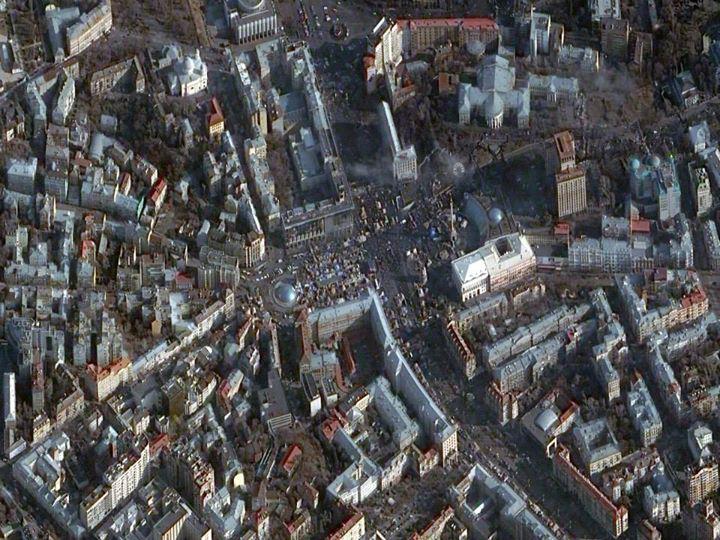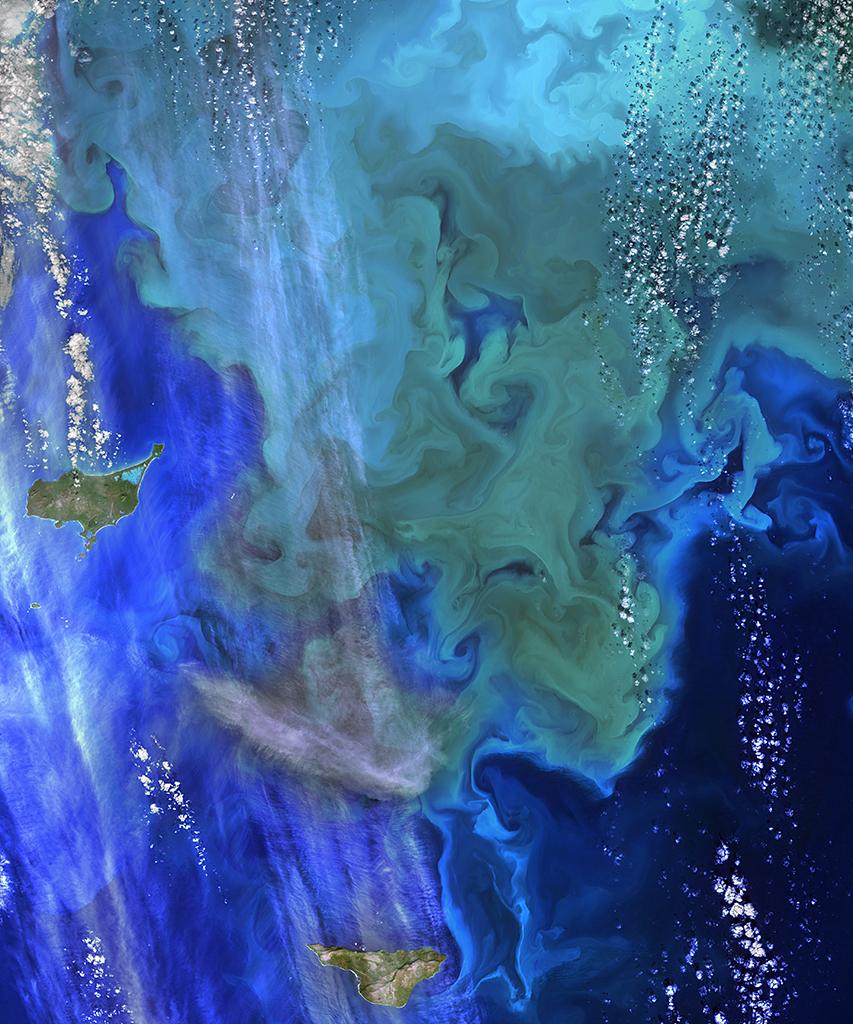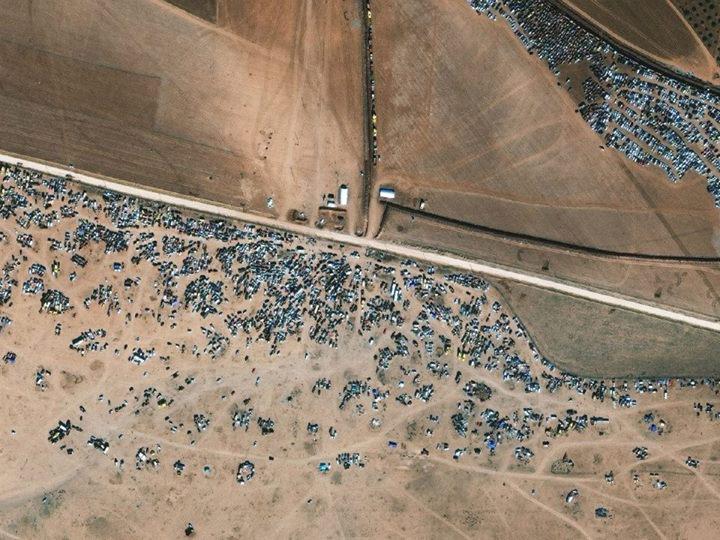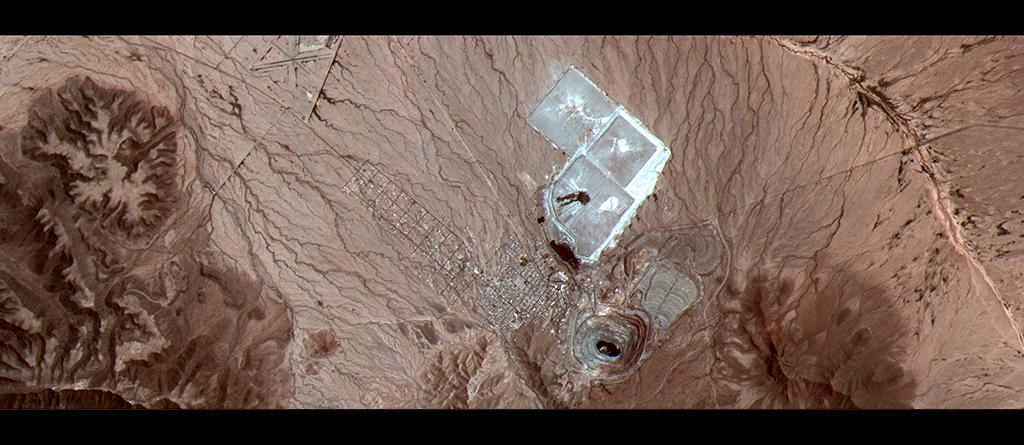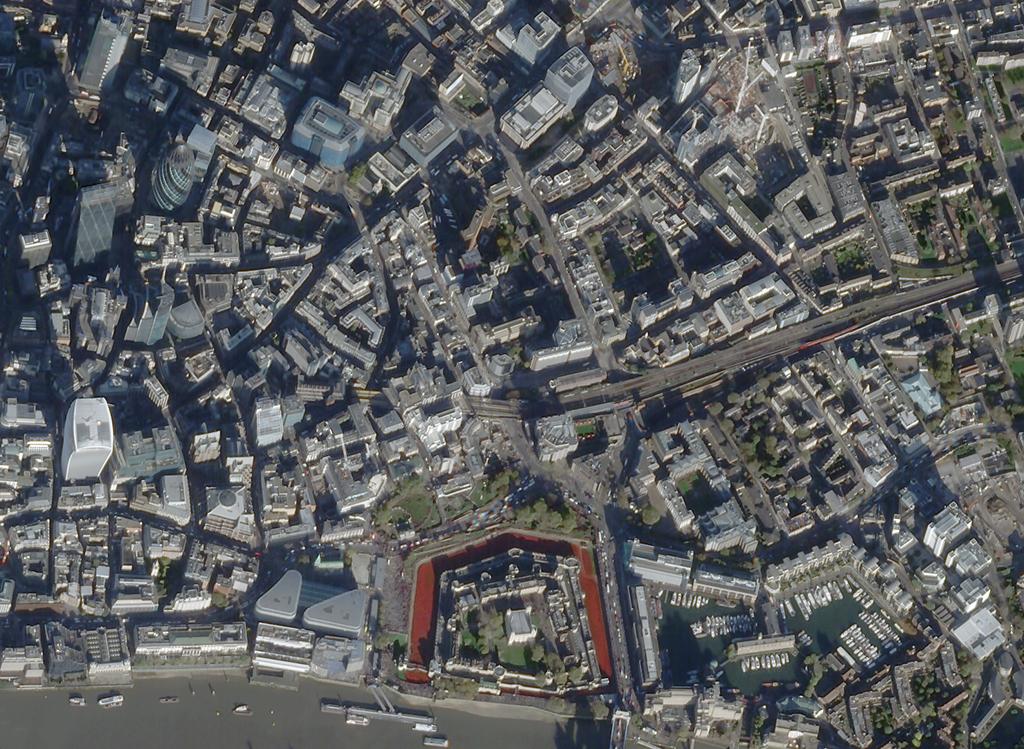The boom in small Earth-observation satellites is expanding a market in which businesses and governments alike can gather valuable insight for monitoring climate change, political hot spots, business activities and disaster zones.
- Market Sector
- Markets
- Marketplace
- Services
-
Store
-
Market Sector
- Type View All Products
-
- Events
- About
